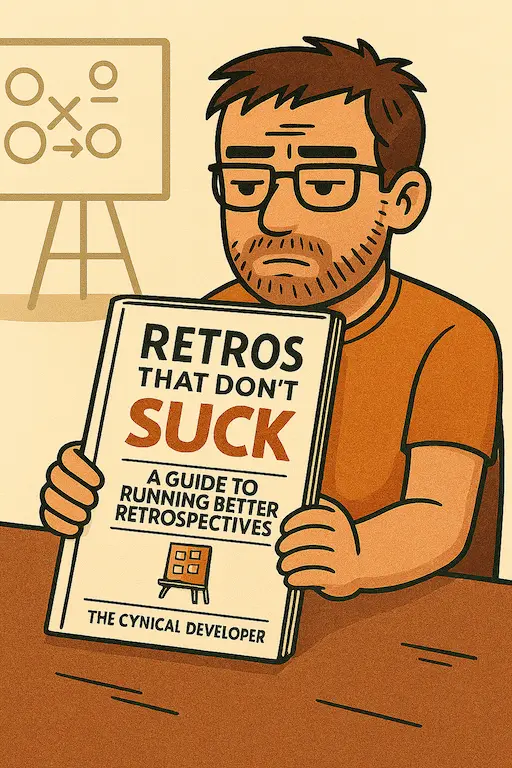
👉 Get the free PDF and fix your next retro in under 30 minutes.
Raise your hand if this sounds familiar:
- Team rolls in half-distracted
- The same complaints as last sprint
- Action items no one follows up on
- Two weeks later, nothing's changed
Yeah, that’s not a retro — that’s a venting session with homework.
What’s inside
- A retro format you can run in 30 minutes or less — and actually make decisions
- How to surface real problems (not just noise)
- Simple tricks to make improvements stick
- Bonus: When to kill the retro entirely
A friend of mine said it best:
“We stopped doing retros. They just turned into venting sessions that created tasks no one followed up on.”
This guide fixes that.
👉 Download the free guide and stop wasting 45 minutes every sprint. Start making decisions that stick.